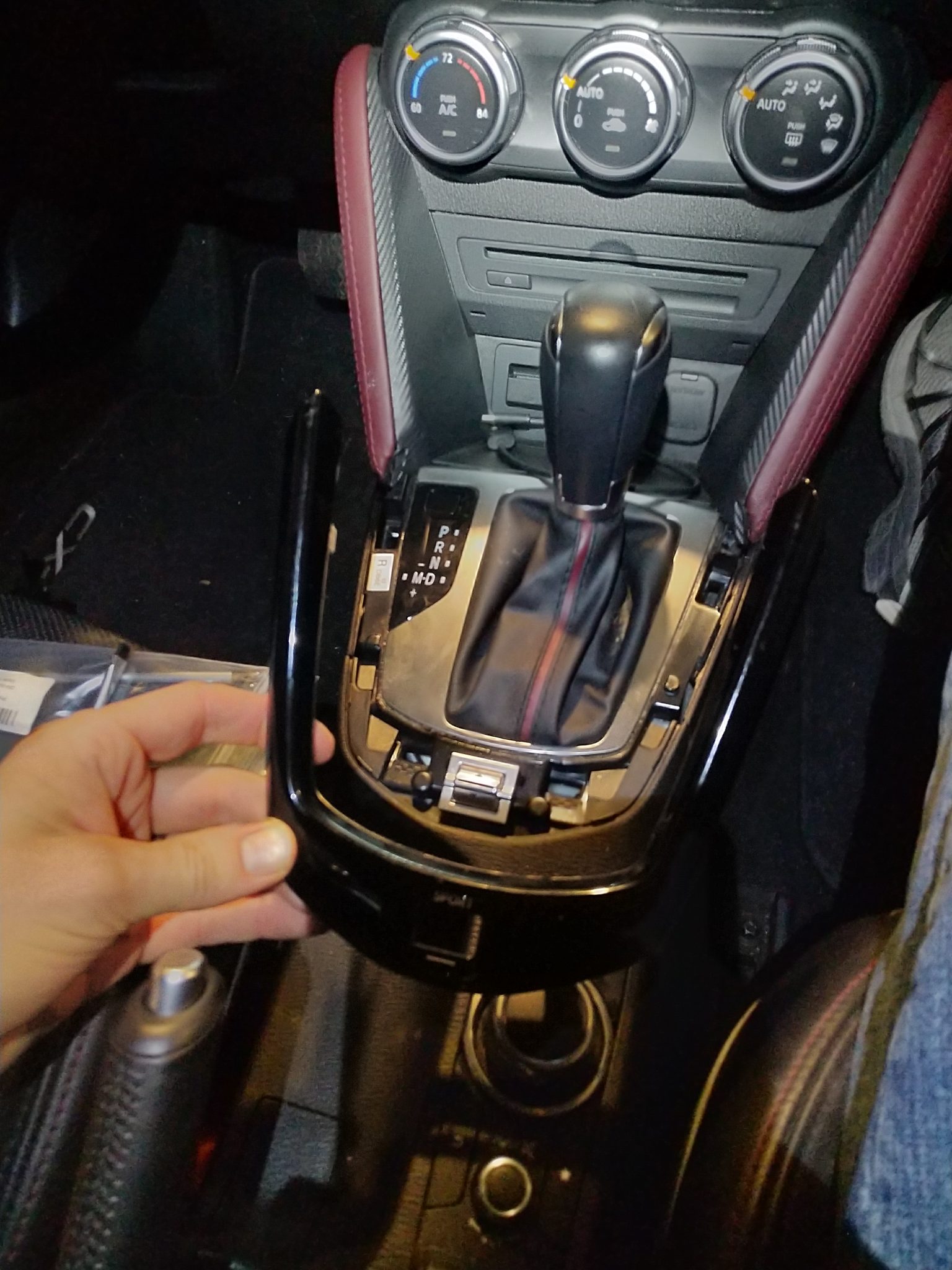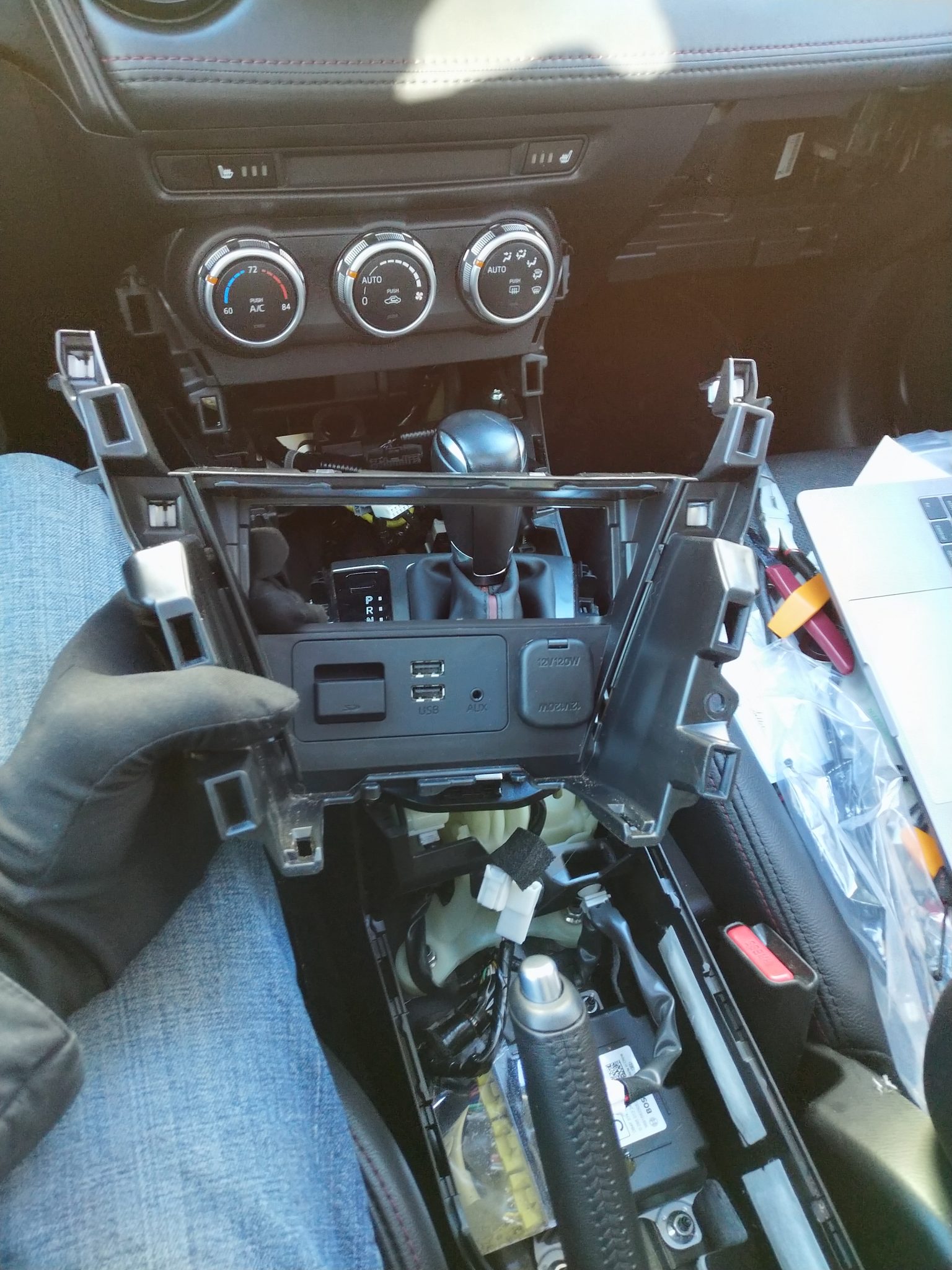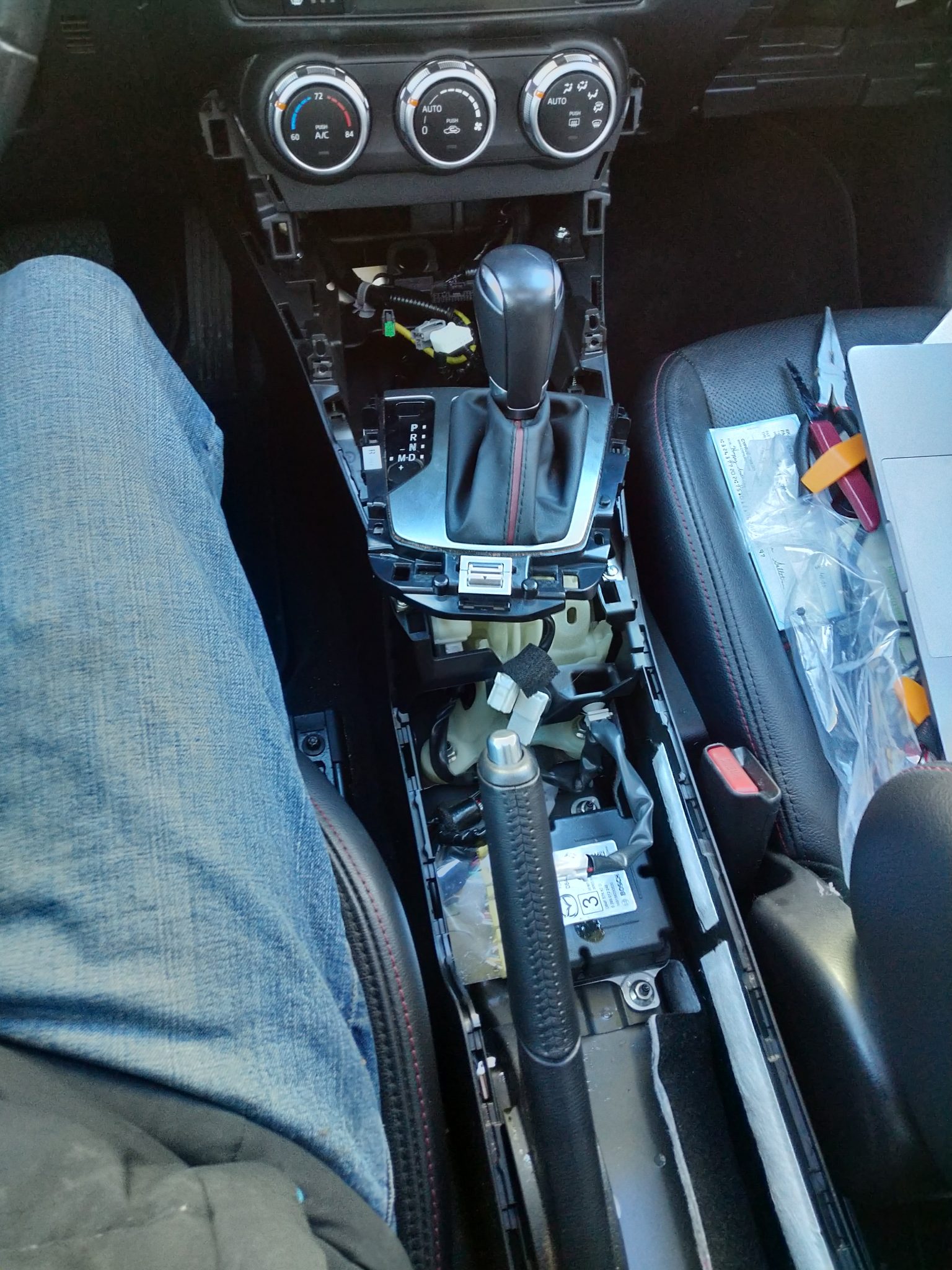I recently needed to restore a specific file from one of my ProxMox VMs that had been deleted. I didn’t want to roll back the entire VM from a previous snapshot – I just wanted a single file from the snapshot. My snapshots are handled via ZFS using FreeNAS.
Since my VM was CentOS 7 it uses XFS, which made things a bit more difficult. I couldn’t find a way to crash-mount a read-only XFS snapshot – it simply resufed to mount, so I had to make everything read/write. Below is the process I used to recover my file:
On the FreeNAS server, find the snapshot you wish to clone:
sudo zfs list -t snapshot -o name -s creation -r DATASET_NAME
Next, clone the snapshot
sudo zfs clone SNAPSHOT_NAME CLONED_SNAPSHOT_NAME
Next, on a Linux box, use SSHFS to mount the snapshot:
mkdir Snapshot
sshfs -o allow_other user@freenas:/mnt/CLONED_SNAPSHOT_NAME Snapshot/
Now create a read/write loopback device following instructions found here:
sudo -i #easy lazy way to get past permissions issues
cd /path/to/Snapshot/folder/created/above
losetup -P -f VM_DISK_FILENAME.raw
losetup
#Take note of output, it's likely set to /dev/loop0 unless you have other loopbacks
Note if your VM files are not in RAW format, extra steps will need to be taken in order to convert it to RAW format.
Now we have an SSH-mounted loopback device ready for mounting. Things are complicated if your VM uses LVM, which mine does (CentOS 7). Once the loopback device is set, lvscan should see the image’s logical volumes. Make the desired volume active
sudo lvscan
sudo lvchange -ay /dev/VG_NAME/LV_NAME
Now you can mount your volume:
mkdir Restore
mount /dev/VG_NAME/LV_NAME Restore/
Note: for XFS you must have read/write capability on the loopback device for this to work.
When you’re done, do your steps in reverse to unmount the snaspshot:
#Unmount snapshot
umount Restore
#Deactivate LVM
lvchange -an /dev/VG_NAME/LV_NAME
Remove loopback device
losetup -d /dev/loop0 #or whatever the loopback device was
#Unmount SSHfs mount to ZFS server
umount Snapshot
Finally, on the ZFS server, delete the snapshot:
sudo zfs destroy CLONED_SNAPSHOT_NAME
Troubleshooting
When I tried to mount the LVM partition at this point I got this error message:
mount: /dev/mapper/centos_plexlocal-root: can't read superblock
It ended up being because I was accidentally creating a read-only loopback device. I destroy the loopback device and re-created with write support and all was well.




